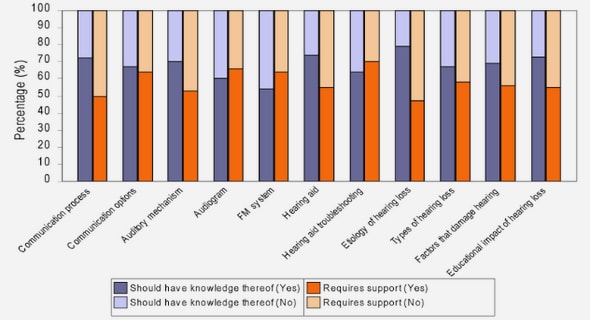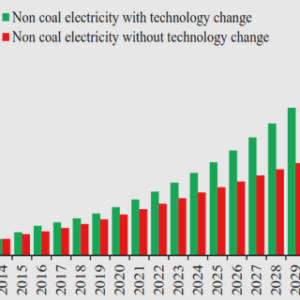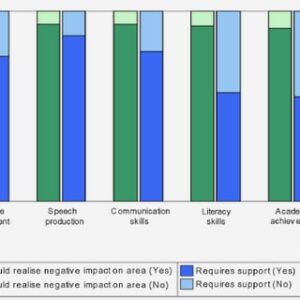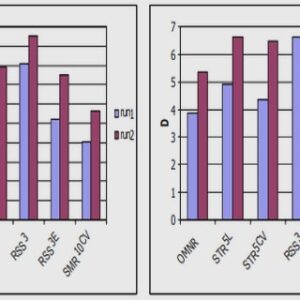(Downloads - 0)
For more info about our services contact : help@bestpfe.com
Table of contents
Introduction
1.1 General introduction
1.1.1 Subsurface heterogeneity
1.1.2 Tools and techniques for the subsurface characterization
1.2 Inverse problem and hydraulic tomography
1.3 The use of heat for monitoring and characterization of subsurface media
1.3.1 Introduction
1.3.2 Fiber Optic Distributed Temperature Sensing (FO-DTS)
1.3.3 Borehole flow measurement
1.3.4 Groundwater flow measurement
1.3.5 Thermal tracer tomography
1.4 Research motivation and thesis outlines
Individual and joint inversion of head and flux data by geostatistical hydraulic tomography
2.1 Abstract
2.2 Introduction
2.3 Methods
2.3.1 Inverse model
2.3.2 Principal Component Geostatistical Approach
2.3.3 Forward model
2.4 Numerical experiments
2.4.1 Setup of the synthetic test case
2.4.2 Hydraulic tomography using head and flux data
2.4.2.1 Boundary condition at the pumping borehole
2.4.2.2 Variance of Y-field and number of observation points
2.4.2.3 Performance Metrics
2.5 Results
2.5.1 Inversion of head data
2.5.2 Inversion of flux data
2.5.3 Joint inversion of flux and head data
2.6 Discussion
2.6.1 General findings
2.6.2 The effect of number of observations and variance
2.6.3 The effect of truncation order (P) on final inversion results
2.6.4 Implications for field implementations
2.7 Conclusion
Reconstruction of the aquifer heterogeneity using joint inversion of the head and flux data: Application to a shallow granular aquifer
3.1 Introduction
3.2 Experimental setup
3.2.1 State of the art A-FO DTS experiment in shallow aquifers
3.2.2 The Saint-Lambert site
3.2.3 Previous hydraulic tomography experiments
3.2.4 Collection of hydraulic head data
3.2.5 Collection of A-FO DTS data
3.3 Methodology
3.3.1 Inversion of temperature profile to the water flux profile
3.3.2 Hydraulic tomography using PCGA
3.3.3 Groundwater flow modeling
3.4 Field data analysis
3.4.1 Temperature data acquired in FO-17 and FO-18
3.4.1.1 Temperature data quality check and calibration
3.4.1.2 Temperature data to flux profile
3.4.2 Head data in packer-isolated and open boreholes
3.4.3 Setup of the inverse model and hydraulic tomography
3.5 Preliminary results
3.5.1 Hydraulic tomography with pressure data
3.5.2 Hydraulic tomography jointly with flux and pressure data
3.6 Discussion and conclusions
3.6.1 General findings
3.6.2 Field application implications
3.6.3 Perspective works
Modeling borehole flows from Distributed Temperature Sensing Data to monitor groundwater dynamics in fractured media
4.1 Abstract
4.2 Introduction
4.3 Flow model from the temperature profile
4.3.1 State of art
4.3.2 Heat transfer model
4.3.3 Inversion of temperature data and flow profiling
4.3.4 Numerical validation
4.3.4.1 Description of the numerical model
4.3.4.2 Synthetic test with two fractures
4.3.5 Sensitivity of the model to the different parameters
4.4 Hydrogeological setting
4.4.1 The Ploemeur-Guidel field site
4.4.2 Borehole PZ-26
4.5 Data acquisition and processing
4.5.1 Experimental setting
4.5.2 Data processing
4.5.2.1 FO-DTS calibration and processing
4.5.2.2 Heat-pulse flowmeter calibration
4.6 Field application
4.6.1 Spatio-temporal temperature variations
4.6.2 Flow rate calculations
4.6.2.1 Flow Profiling using Distributed Temperature Sensing (DTS) Data
4.6.2.2 Flow Profiling using Heat Pulse Flow meter (HPFM)
4.7 Discussion
4.7.1 Thermal parameters estimation
4.7.2 Added values and drawbacks of using FO DTS for field applications
4.7.3 Inferring groundwater dynamics from temperature data
4.8 Conclusions
4.9 Appendix A – Heat Transfer Model
4.10 Supplementary Materials
4.10.1 Introduction
4.10.2 Calculation Procedure
4.10.3 Automatic flowing zone detection
4.10.4 Linearization of the Ramey’s equation
4.10.5 Inversion of Temperature data and flow profiling
4.10.6 Effect of the different parameters on temperature profile
4.10.6.1 Effect of geothermal gradient on the flowing water temperature
4.10.6.2 Effect of rock thermal conductivity on the flowing water temperature
4.10.6.3 Effect of flow time on flowing water temperature
4.10.7 Heat-Pulse flowmeter calibration curve
Conclusions
5.1 Achieved results
5.2 Future developments
References




